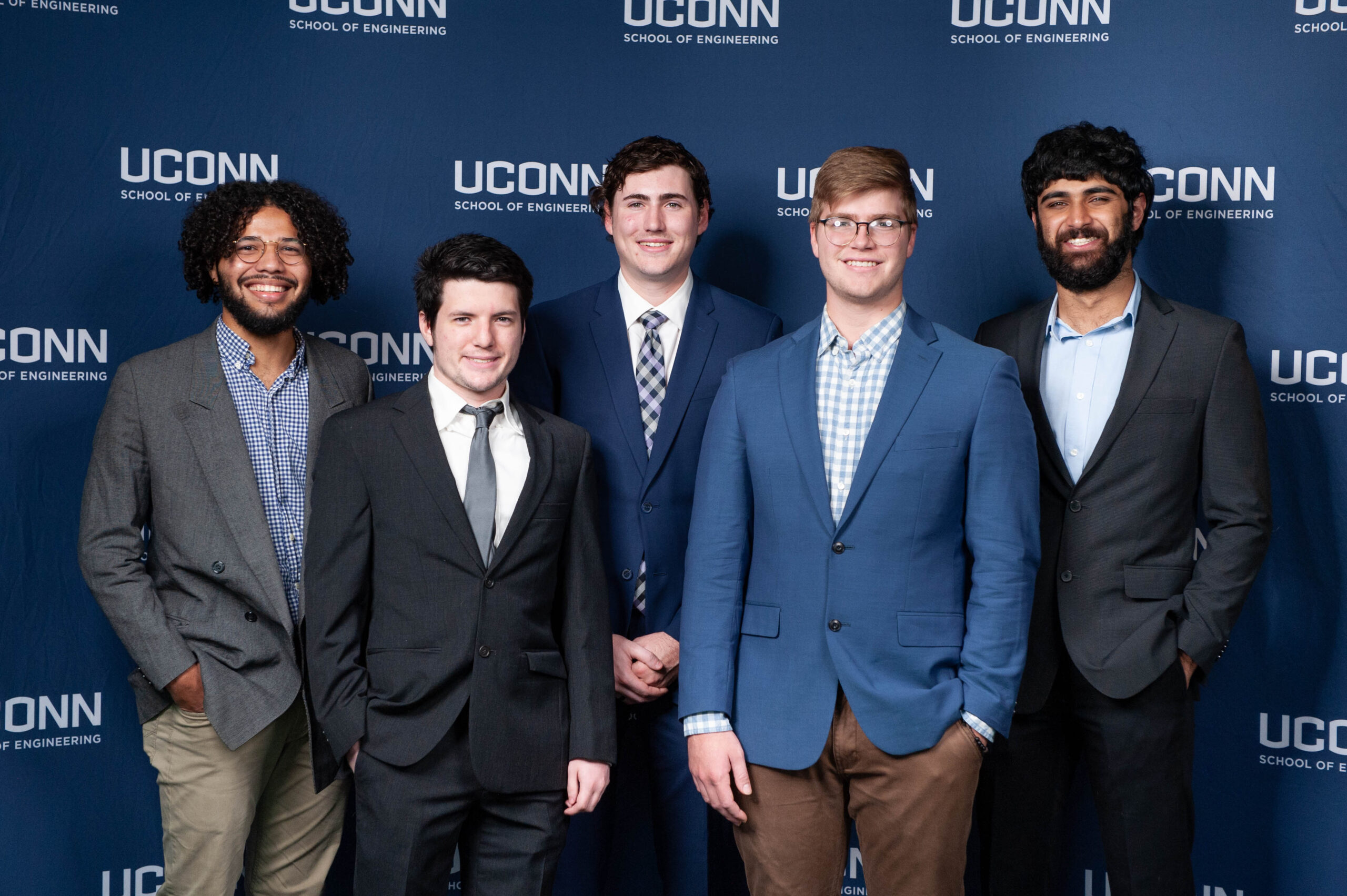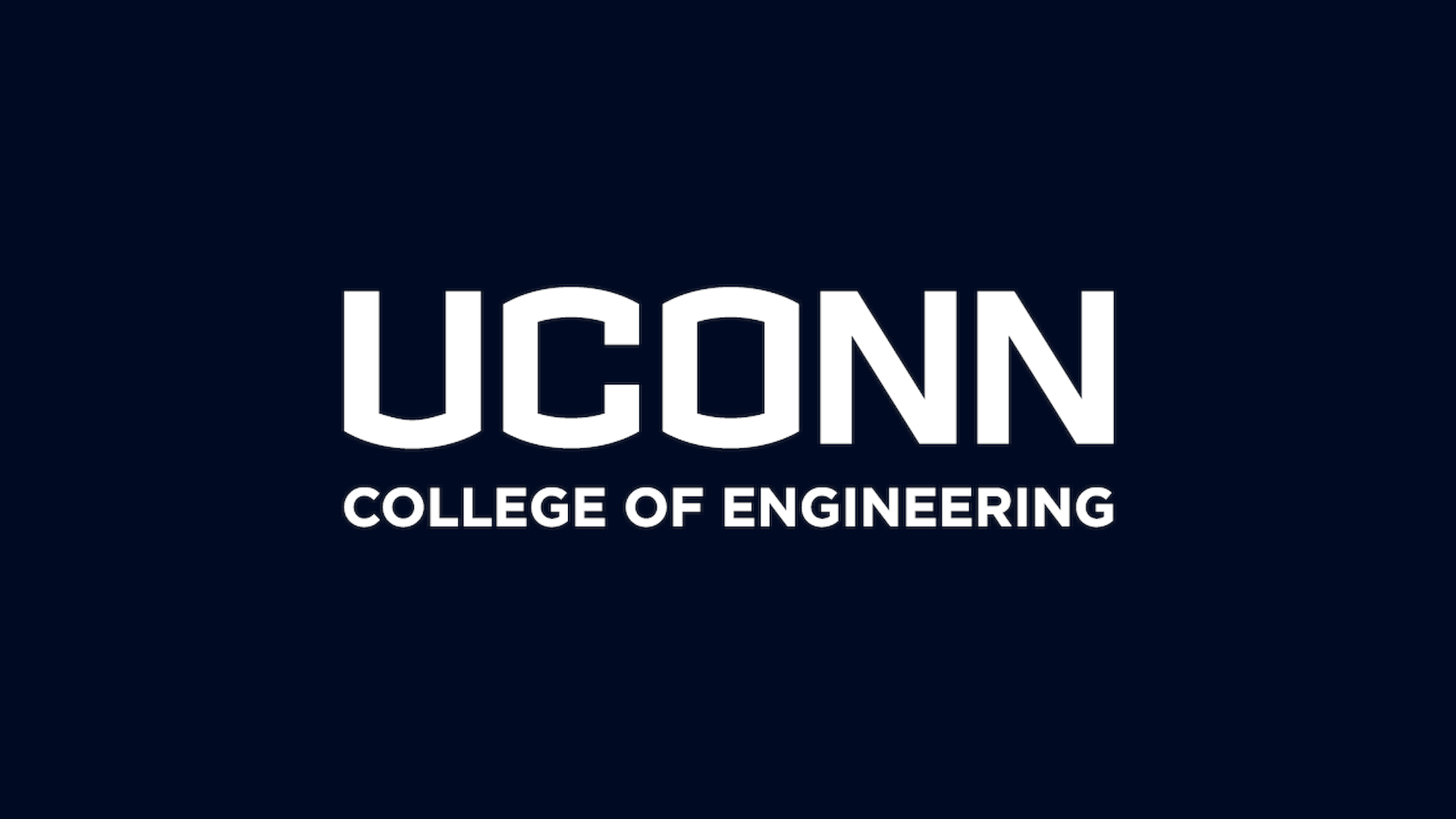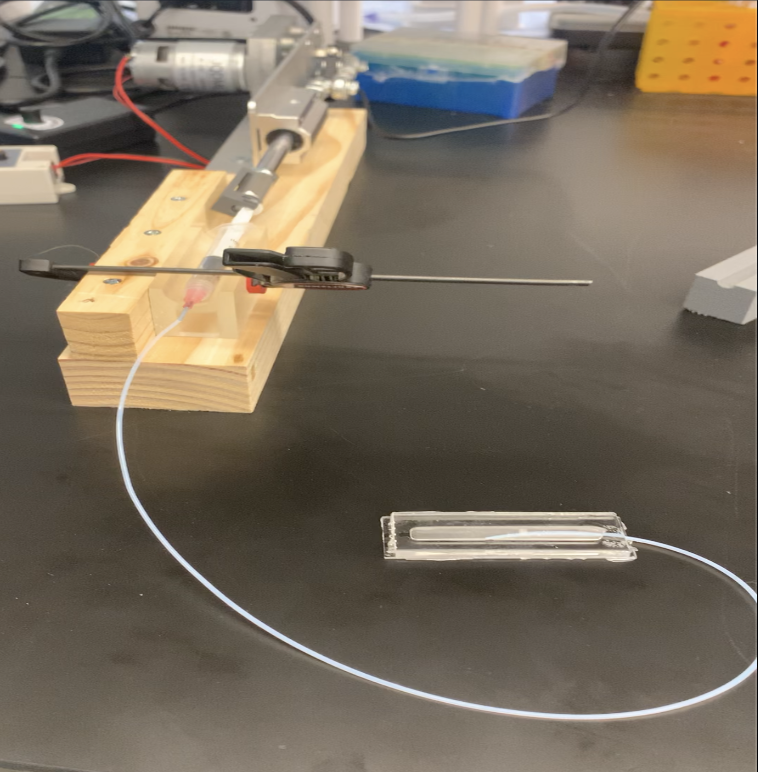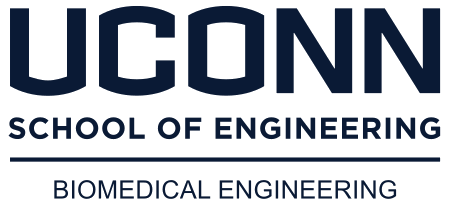

This video contains proprietary information and cannot be shared publicly at this time.
Figure 1

Figure 2

Team 1
Team Members |
Faculty Advisor |
Carlos Hurtado-Munoz |
Yupeng Chen Sponsor UConn Biomedical Engineering Department |
sponsored by

Biomechanical Stimulation on Cartilage Microfluidic Chip
The purpose of this design project is to add biomechanical stimulation to the middle channel of a ToaC (Tissue on a Chip) containing cartilage cells. Biomechanical stimulation has shown to increase the propagation rate and performance of cartilage cells as it replicates forces that would be present in vivo. To accomplish this a new PDMS chip containing a central air channel is placed below the current Cartilage ToaC. This parallel channel running beneath the cartilage is separated by only 1mm of PDMS membrane that deforms under pressure. When the new PDMS chip is pressurized the membrane deforms into the cartilage resulting in biomechanical stimulation. This air pressure is applied through a system we created that uses a linear actuator hooked up to the plunger of a syringe. Using this system we can control the amount of pressure applied to the air channel which changes the amount of membrane deformation. We can also control the RPMs of the actuator which can change the fluctuation rate of the membrane.
